The following list highlights some of the best places to visiting in Oman. So if you are in Oman, I recommend visiting the following:
- Majlis Al Jinn, Selma Plateau, Oman
- Mutrah Souq, Muscat, Oman
- Nizwa Fort, Nizwa, Oman
- Ras Al-Jinz, Ash-Sharqiyah, Oman
- Wadi Bani Khalid, Sharqiyah, Oman
- Sharqiya Sands, Eastern Region, Oman
- Musandam Fjords, Musandam, Oman
- Al Daymaniyat Islands, Muscat, Oman
- Bimmah Sinkhole, Muscat, Oman
- Jebel Shams & Al Nakhur, Ad Dakhiliyah, Oman
- Jebel Akhdar, Ad Dakhiliyah, Oman
- Bahla Fort, Bahla, Oman
- Masirah Island, Ash Sharqiyah, Oman
- Salalah Waterfalls, Dhofar, Oman
- Khasab Fortress, Khasab, Oman
- Khor Rori, Dhofar, Oman
1. Majlis Al Jinn, Selma Plateau
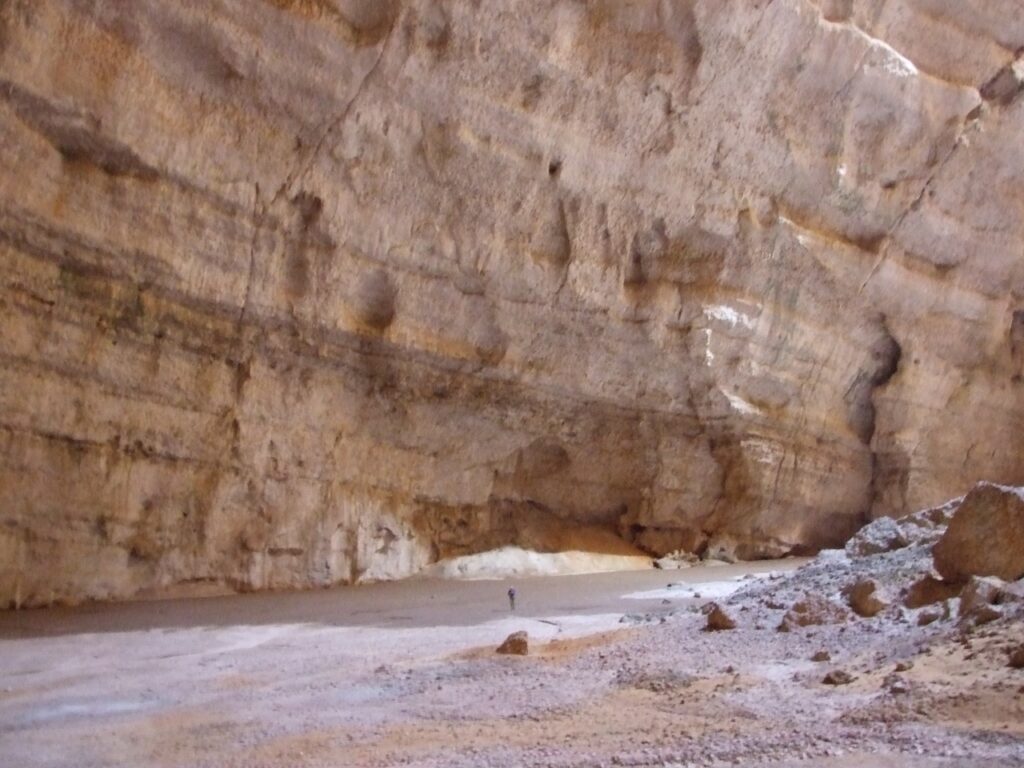
Majlis Al Jinn has the second largest cave chamber in the world. It is located almost 1,380 metres (0.86 miles) above sea level, and can only be accessed through several holes at the apex of the cave. It is the ideal destination for adventurous climbers and hikers and a wonderful place to capture photos of the unparalleled rock formations and the interior of the cave.
2. Mutrah Souq, Muscat
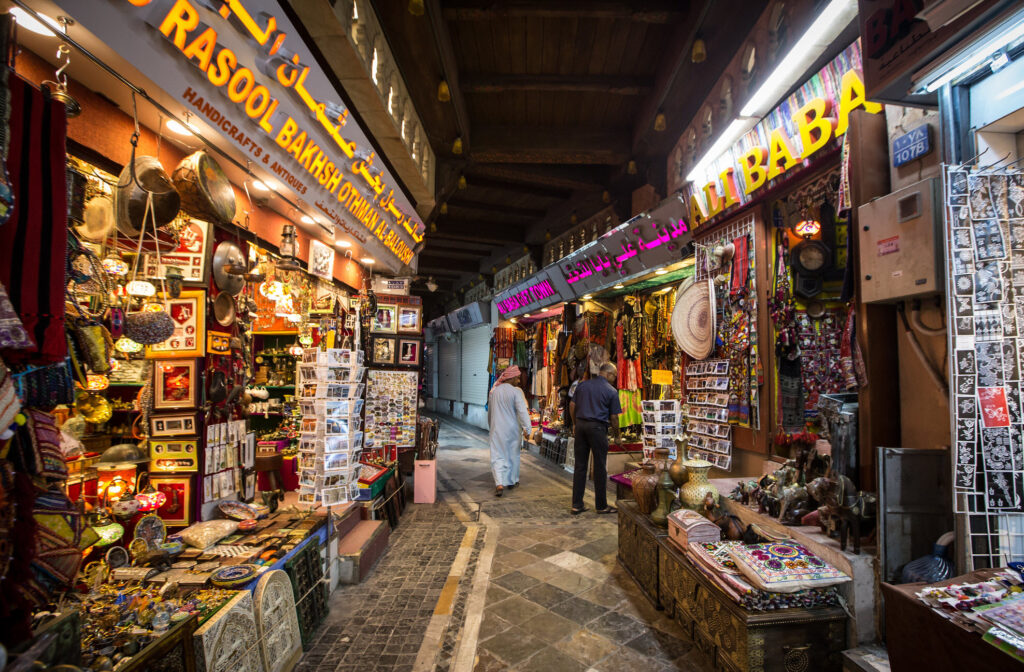
Muttrah is a city located in the capital, Muscat Governorate. The Muttrah Souq is a conventional market on Muttrah Corniche, and has some small shops selling Omani goods, for example, colourful fabrics, conventional clothes, silver and gold ornaments and souvenirs. It is one of the must-see draws in Muscat and a wonderful place to capture photos.
3. Nizwa Fort, Nizwa

This fort was established in the 17th century under the guidance of Sultan Bin Saif Al Ya’ribi. However, parts of the fortress date back to the 9th century. The key attraction of the Nizwa Fort is the colossal cylindrical tower. The fort also has a number of surprising defence mechanisms, including honey traps and peculiarly shaped windows for firing at advancing enemies. The fort is also a museum exhibiting 17th-century life in Oman. While in Nizwa, you can also visit the souk or open-air market, as well as the remarkable twice-weekly goat market in the city centre.
4. Ras Al-Jinz, Ash-Sharqiyah
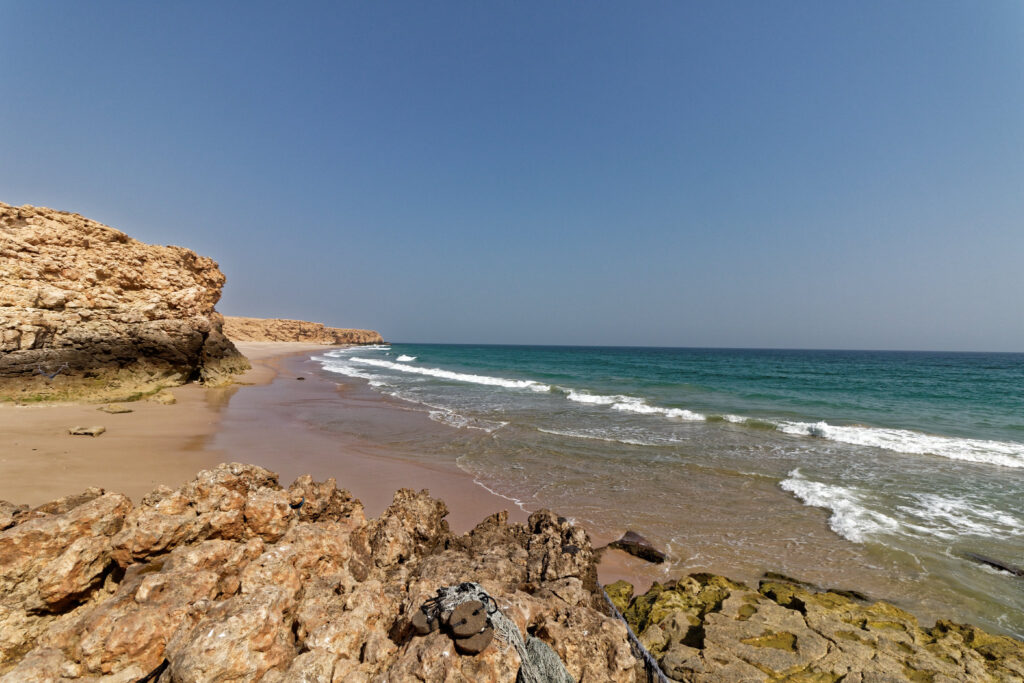
At the easternmost point of Oman lies Ras al-Jinz, a turtle conservation area that helps to inhabit and save the sea turtles of the Indian Ocean. If you travel during the summer, or between the months of May and October, you can find turtle nests along the beach and even watch the baby turtles hatch and make their way to the ocean. Observing the turtle reserve is feasible as a day trip to Muscat, but most tourists want to spend the night at the resort and find other draws, for example, the Turtle Visitor Centre and Museum.
5. Wadi Bani Khalid, Sharqiyah
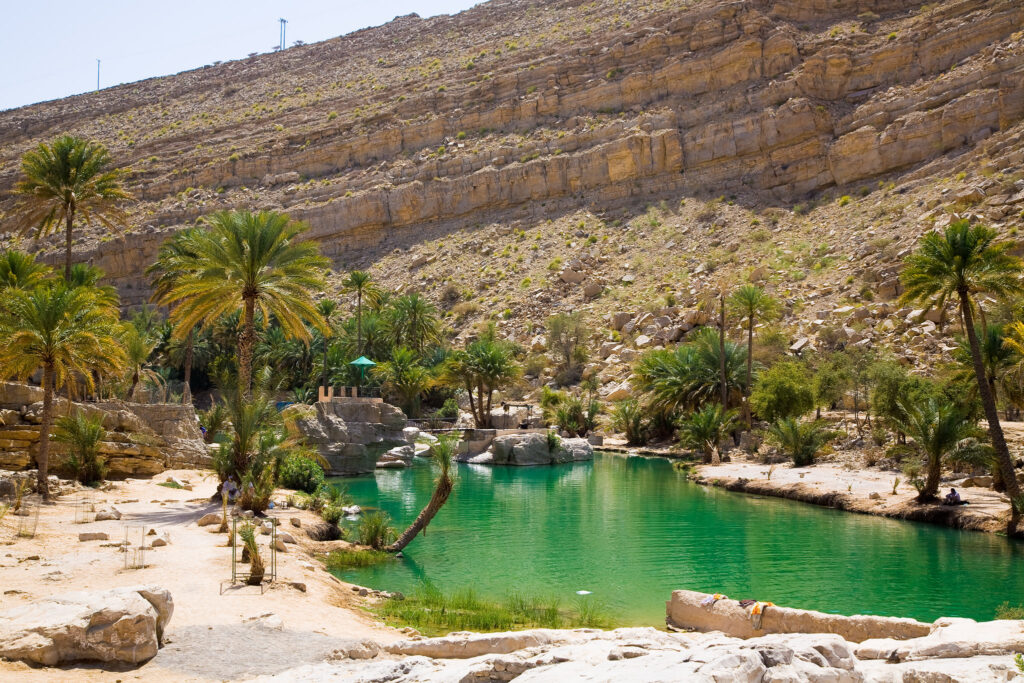
Wadi Bani Khalid can rightly be called a natural green and colourful heaven on earth. The wadi (valley) is located in the area of Al Sharqiyah and has some water tanks as well as a spring (ayn in Arabic) that holds the water flowing inside the wadi throughout the year. Wadi Bani Khalid also consists of some villages in the interior and colourful plantations in the middle of its land. With all that and the absolute red rock formations, the wadi looks like a mind-blowing painting.
6. Sharqiya Sands, Eastern Region
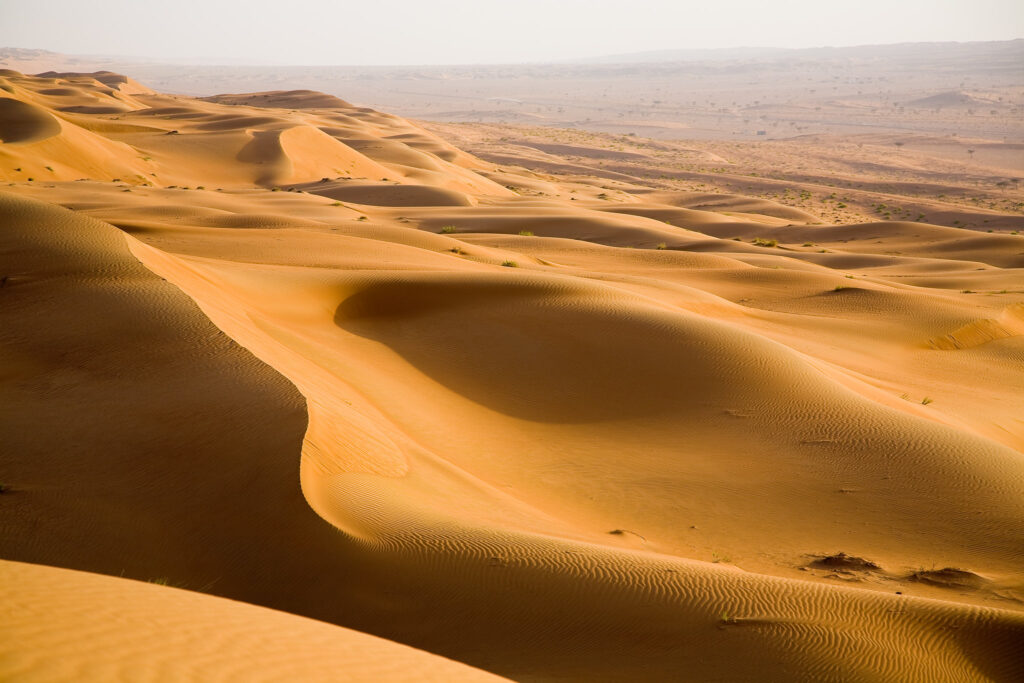
In the middle of Oman, sand dunes stretch for miles and form what is called Sharqiya Sands. Here, the Bedu people live, and it is a much-loved tourist destination for those seeking the real, pure and conventional Oman. Enjoy the nomadic way of life at Sharqiya Sands by joining a trip that allows you to ride on the back of a camel and camp in the desert under the stars. The town of Ibra acts as the main gateway to Sharqiya Sands, and this is where many guided tours begin.
7. Musandam Fjords, Musandam
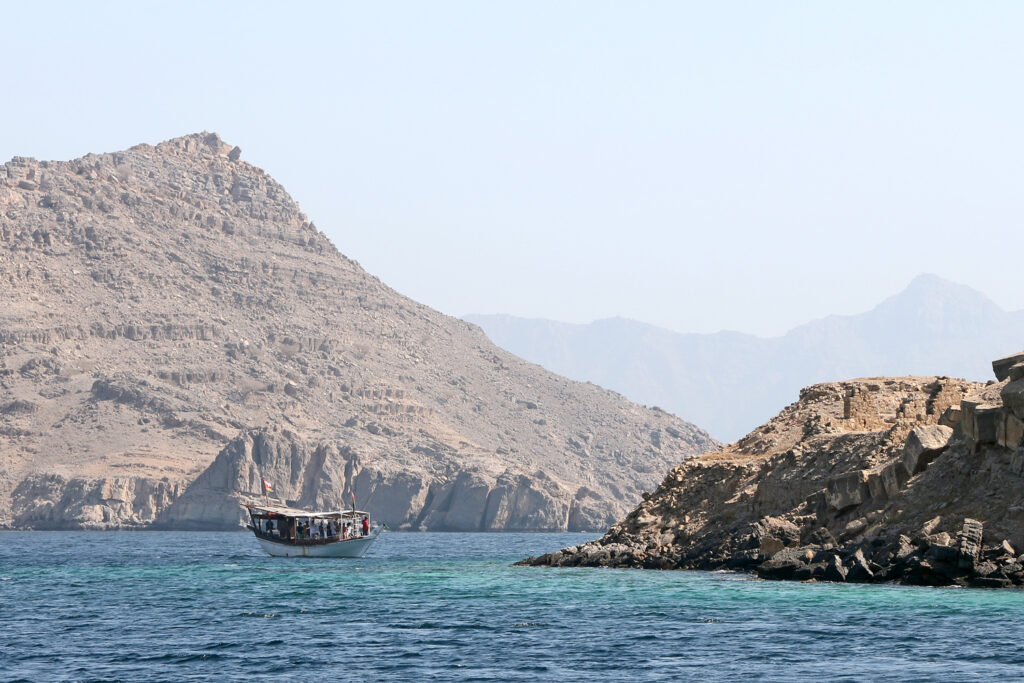
This place is one of the best tourist attractions in Oman. The Musandam Peninsula is the northernmost part of Oman, and is isolated from the mainland by the United Arab Emirates. Parts of this area are very isolated, and have long acted as the abode of the inhabitants of the mountain villages and coastal communities. The fjords of Musandam stretch northwards and offer breathtaking views. If you travel in the Musandam Fjords, key attractions can include such things as boat trips to visit the shores and pinnacles rising from the water, spotting dolphins from a Dhow or conventional Omani boat and snorkelling in the sea. The population is rare and wildlife is abundant, making this area one of the best places to travel in Oman for nature enthusiasts.
8. Al Daymaniyat Islands, Muscat
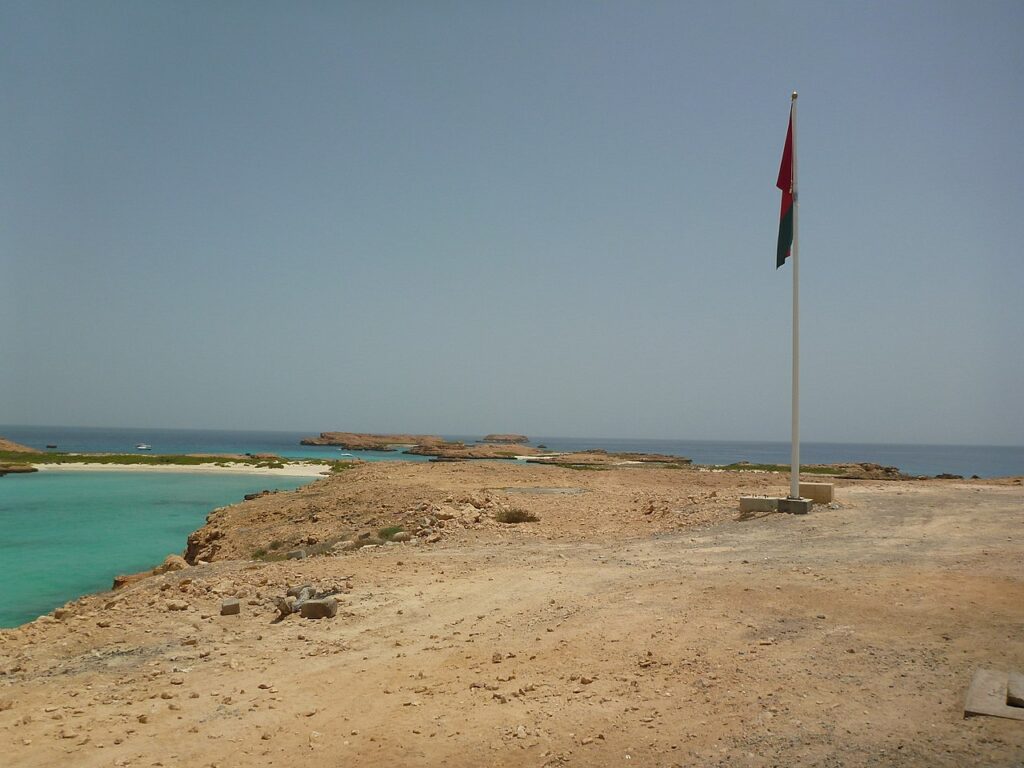
It is an archipelago of 9 tiny islands located just 40 minutes by boat from Muscat. It’s a jewel of an ecosystem rich with impressive coral reefs and a myriad of marine species. Due to the relative boom in tourism, the Sultanate has limited daily access to the reserve and the number of daily spots are divided among the dive companies. Turtles, leopard sharks and the elusive whale shark can be seen at the 22 dive sites in the Al Dimaniyat Nature Reserve, the latter two being more difficult to find.
9. Bimmah Sinkhole, Muscat
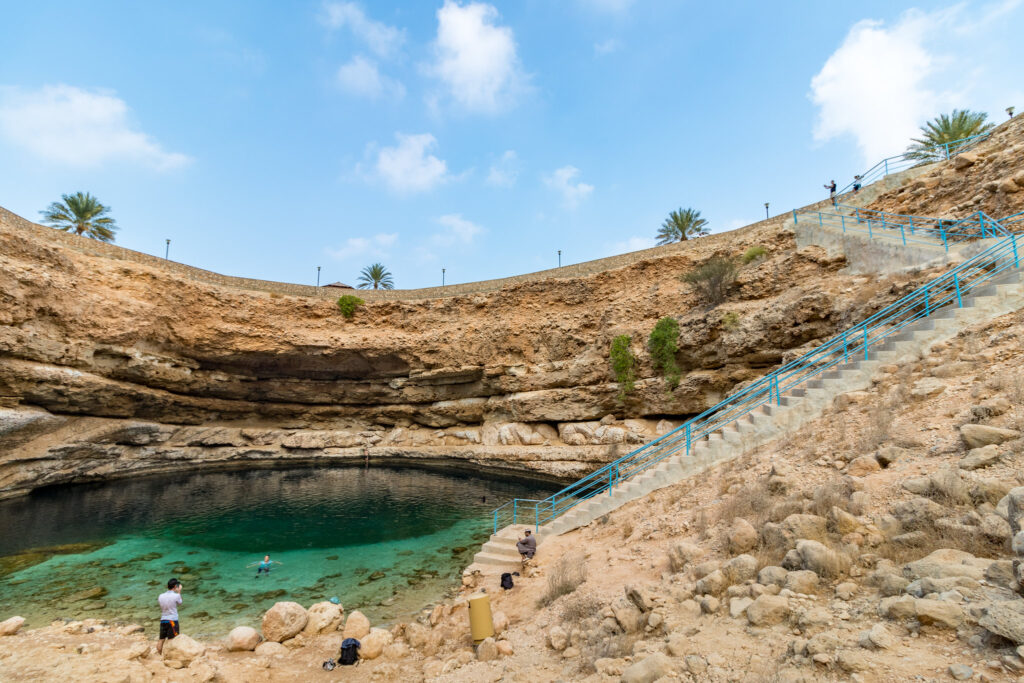
The Bimmah or Dabab sinkhole is located in eastern Oman, near Muscat. It was created due to the breaking of the lower layers of limestone which caused the upper layer to collapse creating this large opening. It is known for its crystal clear turquoise waters and surrounding rock formations. This incredibly beautiful sinkhole is a must-visit destination in Oman.
10. Jebel Shams & Al Nakhur, Ad Dakhiliyah
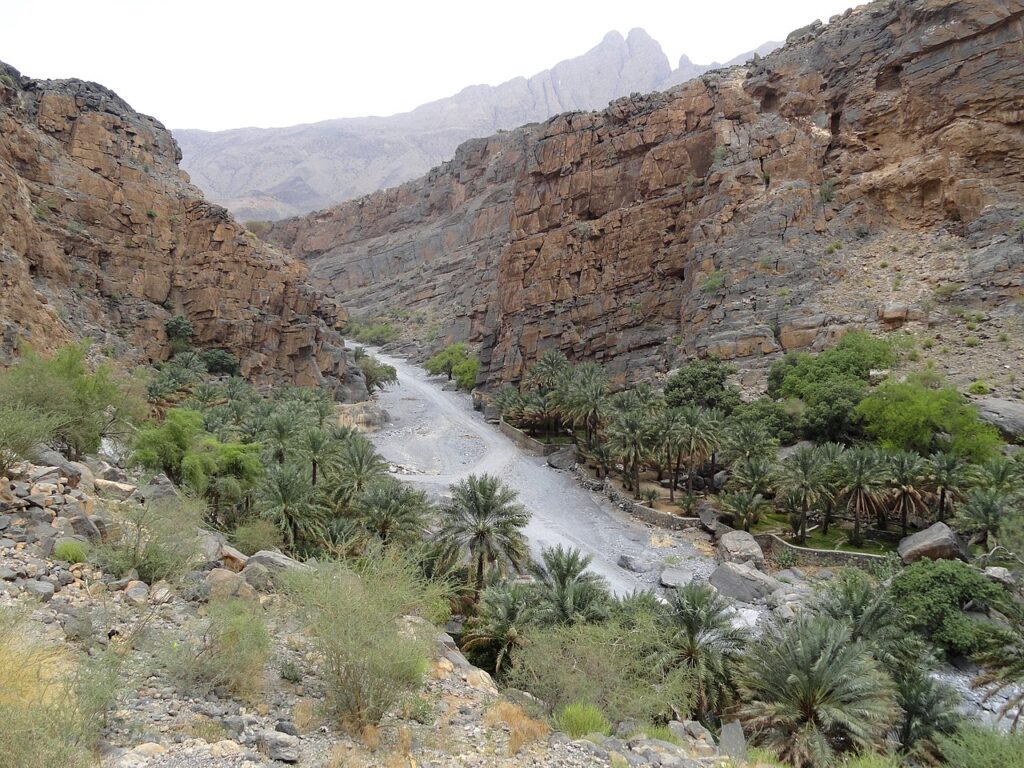
Jebel Shams, or the Mountain of the Sun, is another attractive mountain in the Al Hajar range in the Al Dakhliya area. It is the highest place in the mountain range, and is believed to be the most important point where the sun rises, which is what encouraged its name. The mountain has glorious hiking trails as well as magnificent views of the area from its summit. Here you will find Al Nakhur, a balcony at the top of the canyon where you can take a very easy hike but not recommended for people with vertigo, as the narrow path runs along the canyon at the edge of the cliff.
11. Jebel Akhdar, Ad Dakhiliyah
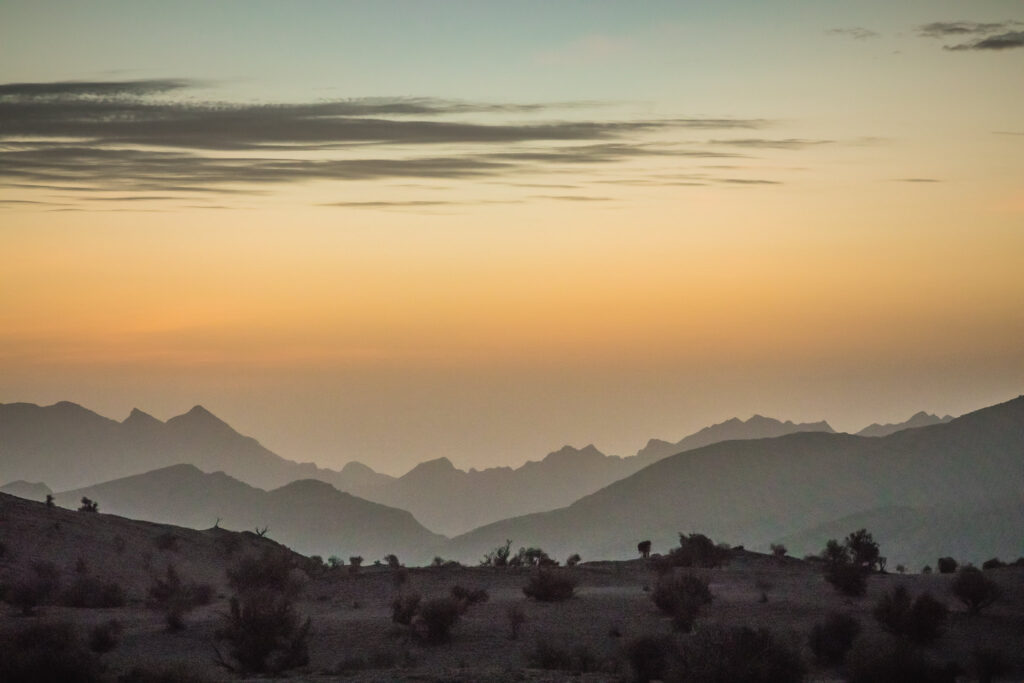
It can be interpreted as Green Mountain, and is a part of the Al Hajar Mountains. Don’t expect a conventional mountain peak, and don’t let the green misnomer fool you. The Jebel Akhdar area is mainly limestone and has the highest point in the entire country of Oman. While not clothed in lush forests, the altitude generates cooler temperatures and more agricultural development than in the desert below. The region is preserved today, and you can hike through wonderful terraces and even spot trees laden with fruit. Hiking may not seem like an appealing activity in the deserts of Oman, but it’s the ideal diversion in Jebel Akhdar.
12. Bahla Fort, Bahla
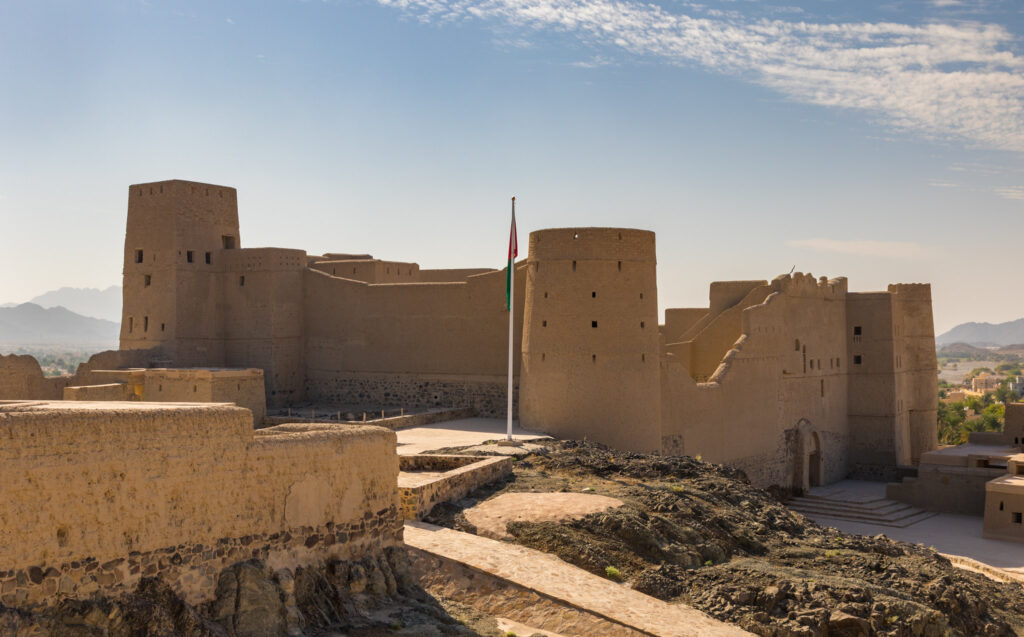
Bahla is an oasis of sorts in the desert, and has been a place of leisure for tourists for centuries. Bahla is only 40 km from Nizwa, and also boasts a wonderful and historic castle. Bahla Fort dates back to the 13th century when it was generally in the possession of the Banu Nebhan tribe. In addition to visiting the Bahla Fort, you can find the city walls, which are homemade and stretch for approximately seven miles long. If you are looking for souvenirs at the market, Bahla is widely famous for its attractive selection of native pottery.
13. Masirah Island, Ash Sharqiyah
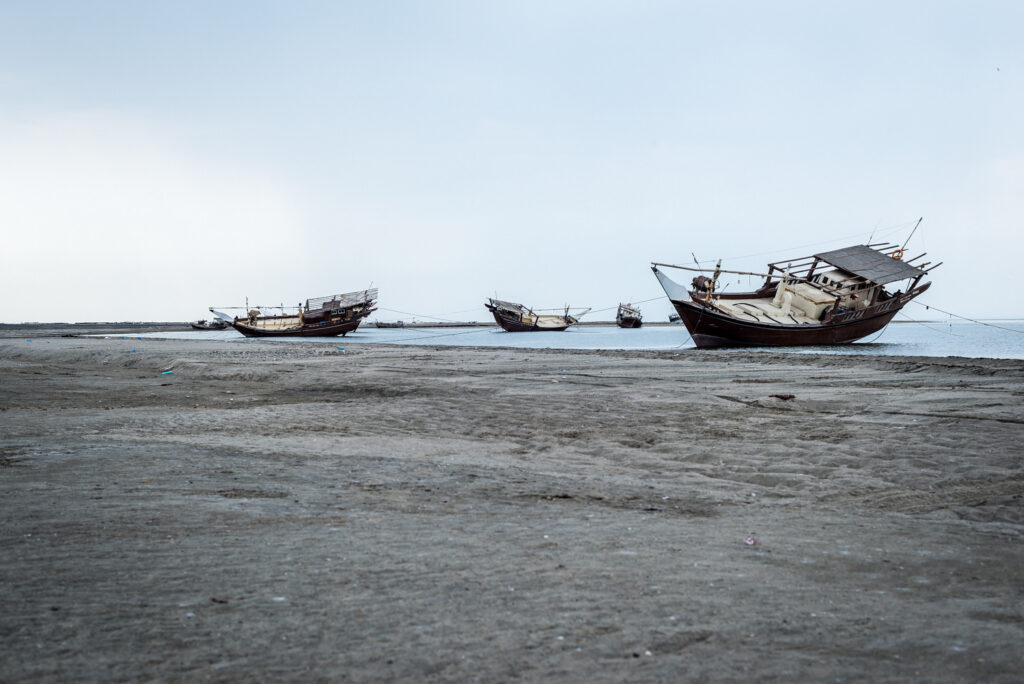
Just off the coast of Oman lies Masirah Island, a wonderful destination for tourists seeking sun, beaches, wildlife and history. Masirah Island is located on an Omani airbase, but the towns are relatively small. That means small crowds and lots of secluded areas to visit. Constant ferries are available to take you to and from the mainland. On Masirah Island, key fun includes swimming, visiting the numerous shipwrecks off the coast and watching over 30,000 turtles that arrive each year in the breeding season.
14. Salalah Waterfalls, Dhofar
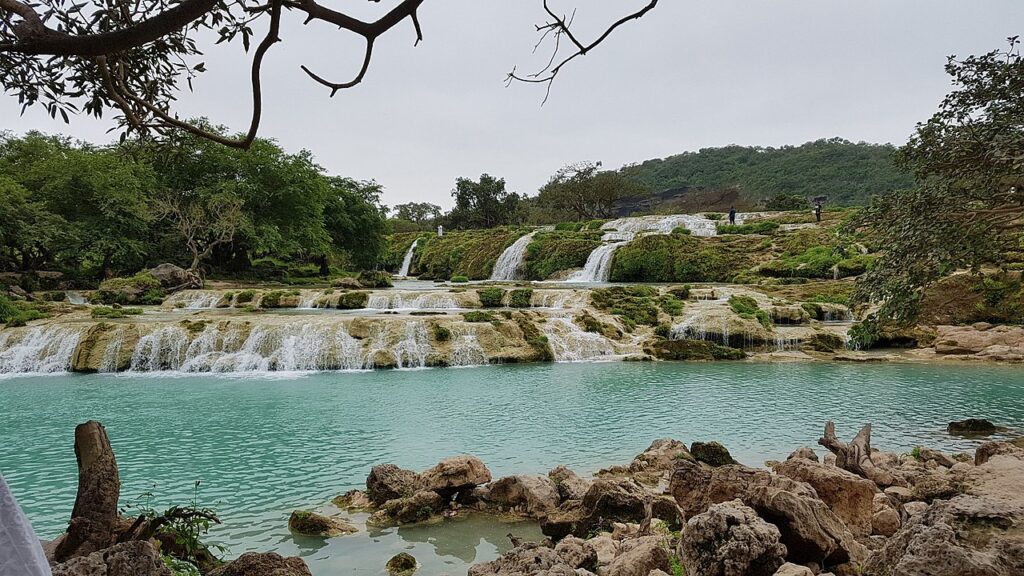
These waterfalls are considered one of the most outstanding tourist areas in the Sultanate. During the autumn of each year (June to September) the Indian monsoon clouds bring incessant rain to the region and, as a result, the coastal area around Salalah is transformed into a green oasis with seasonal springs and streams making it a very beautiful resort with a pleasant, drizzling climate while the intense summer heat spreads over the other regions. An increasing number of Omani, Arab and foreign tourists flock year after year to this fascinating Omani region.
15. Khasab Fortress, Khasab
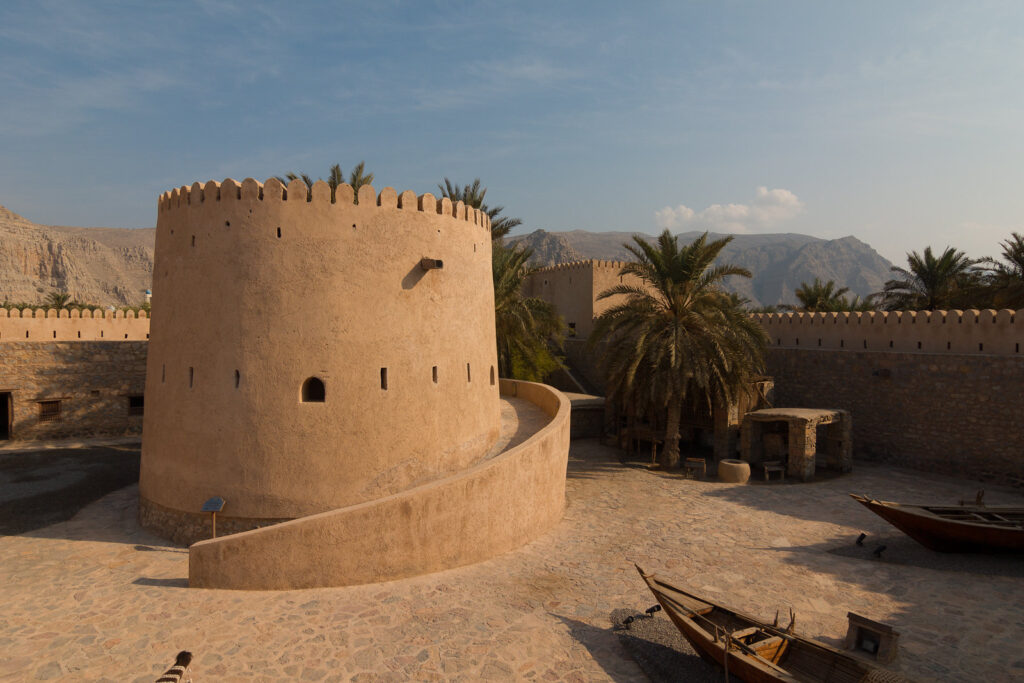
The capital of the area called Ras Musandam is the city of Khasab and is most accessible from the UAE. To get there, you can also take the fastest ferry on land, which connects to the capital Muscat. Today in the fortress of Khasab there is a museum of the history of Musandam. One of the rooms in its collection is a collection of silverware, considered one of the finest in the country. Other rooms are dedicated to the traditional way of life of the local residents. Here you can see dioramas depicting views of local villages, depicting wedding ceremonies, etc. The corridors of the museum also store weapons, jewellery, household items, clothes and many historical documents. This fortress was renovated and looks wonderful.
16. Khor Rori, Dhofar
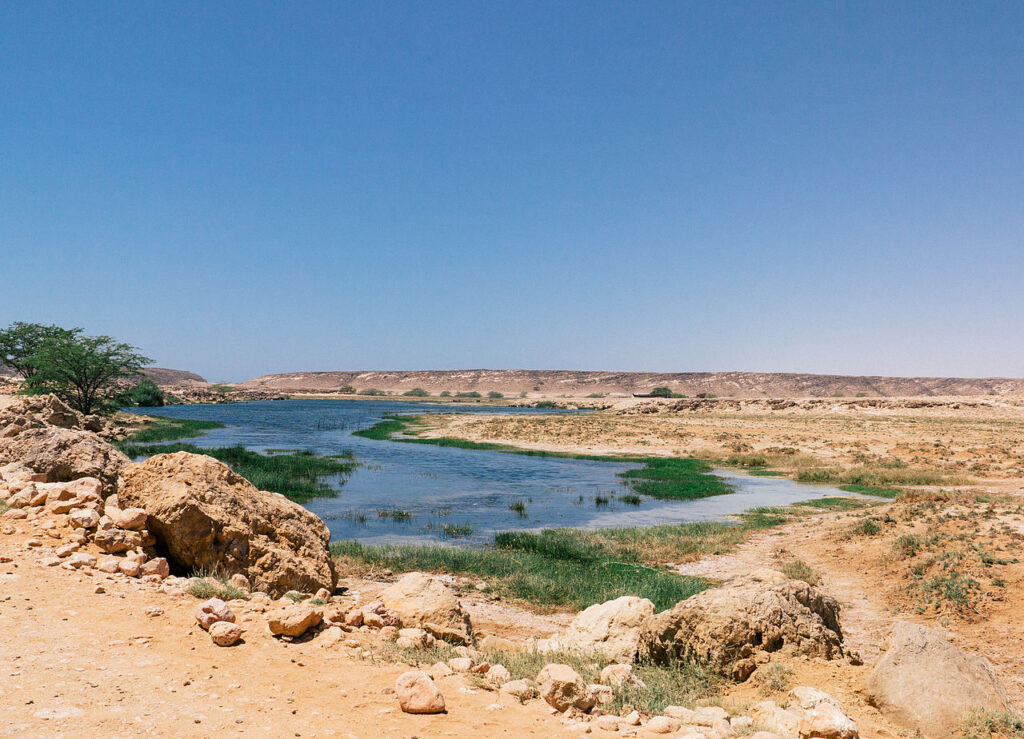
Famous for its numerous archaeological remains and the ruins of Sumhuram, an ancient port city and fortress built in the 3rd century BC and abandoned in the 5th century. The archaeological site of Khor Rori, located about 40 kilometres from the city of Salalah in Oman, was discovered in 1900 and is today an important site for a detailed look at the history of Oman. You really know that Khor Rori was listed as a UNESCO World Heritage Site in 1998.
If you loved this article or found it useful, don’t forget to visit and subscribe to my social media for more useful content. Follow us on Google My Business, YouTube, Instagram, Pinterest, Twitter, Facebook or Reddit and subscribe to our receive our free website content.

